McLaren Elva 2020: official images, plus pricing, specs and release
British marque focuses on road-going thrills over track performance for next Ultimate Series model
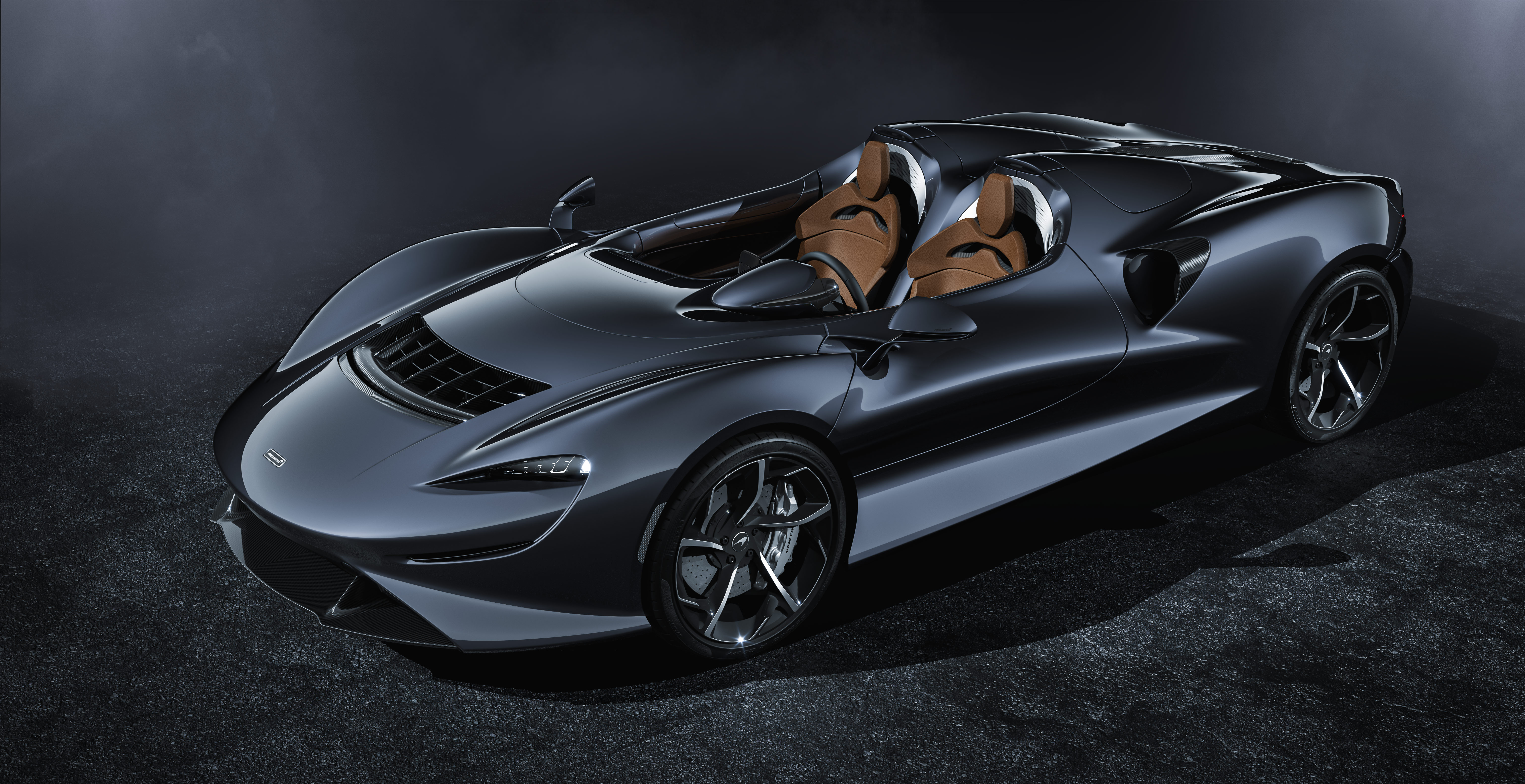
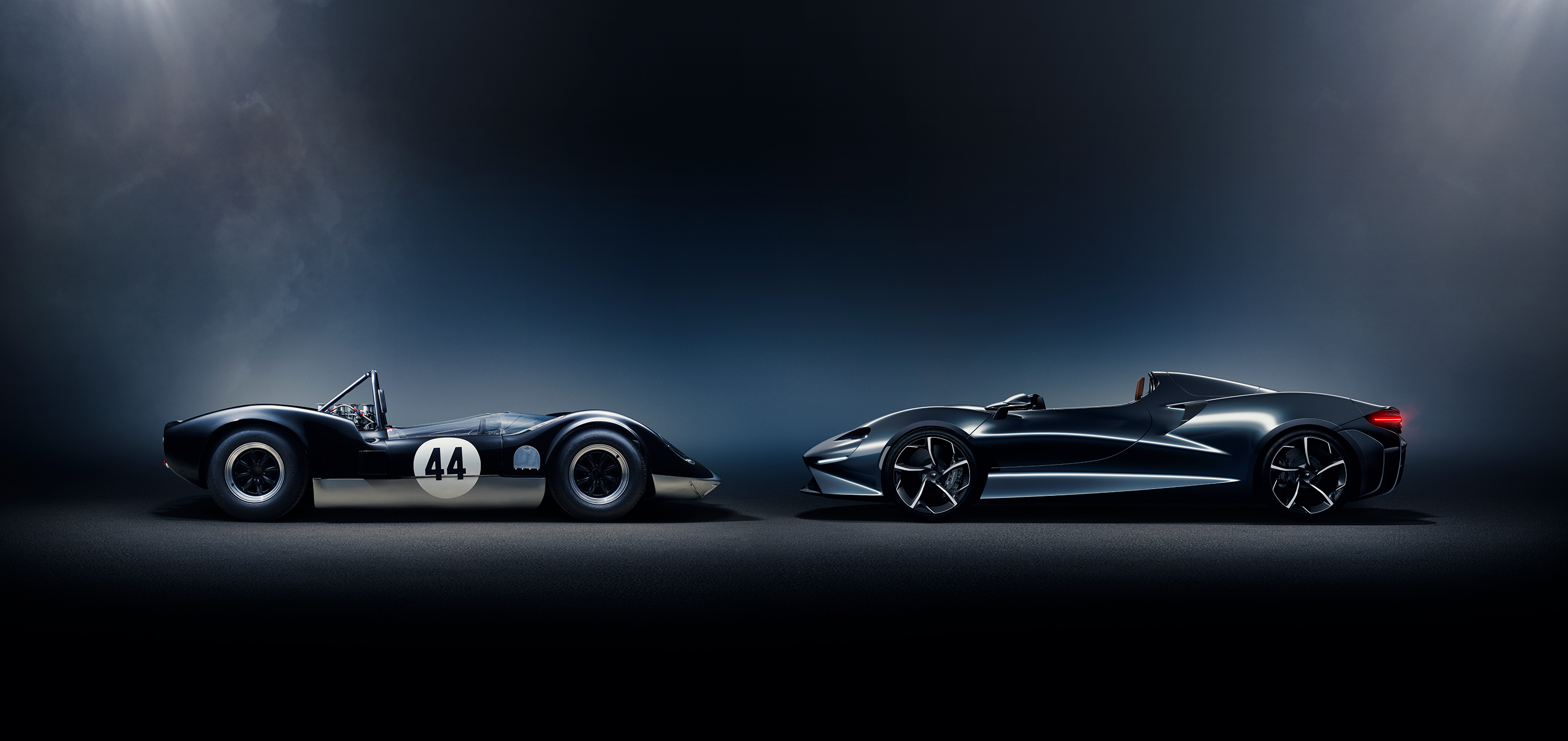
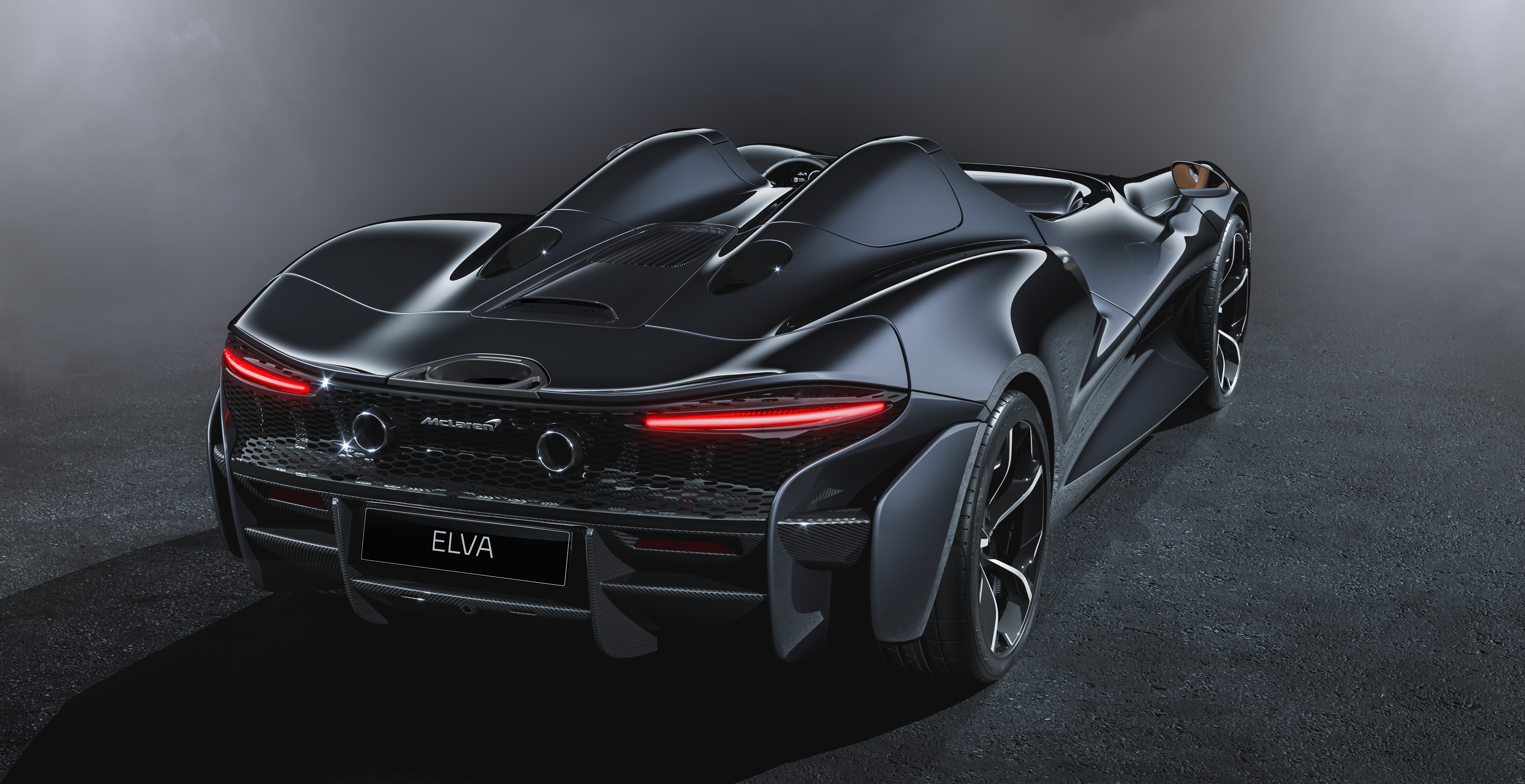
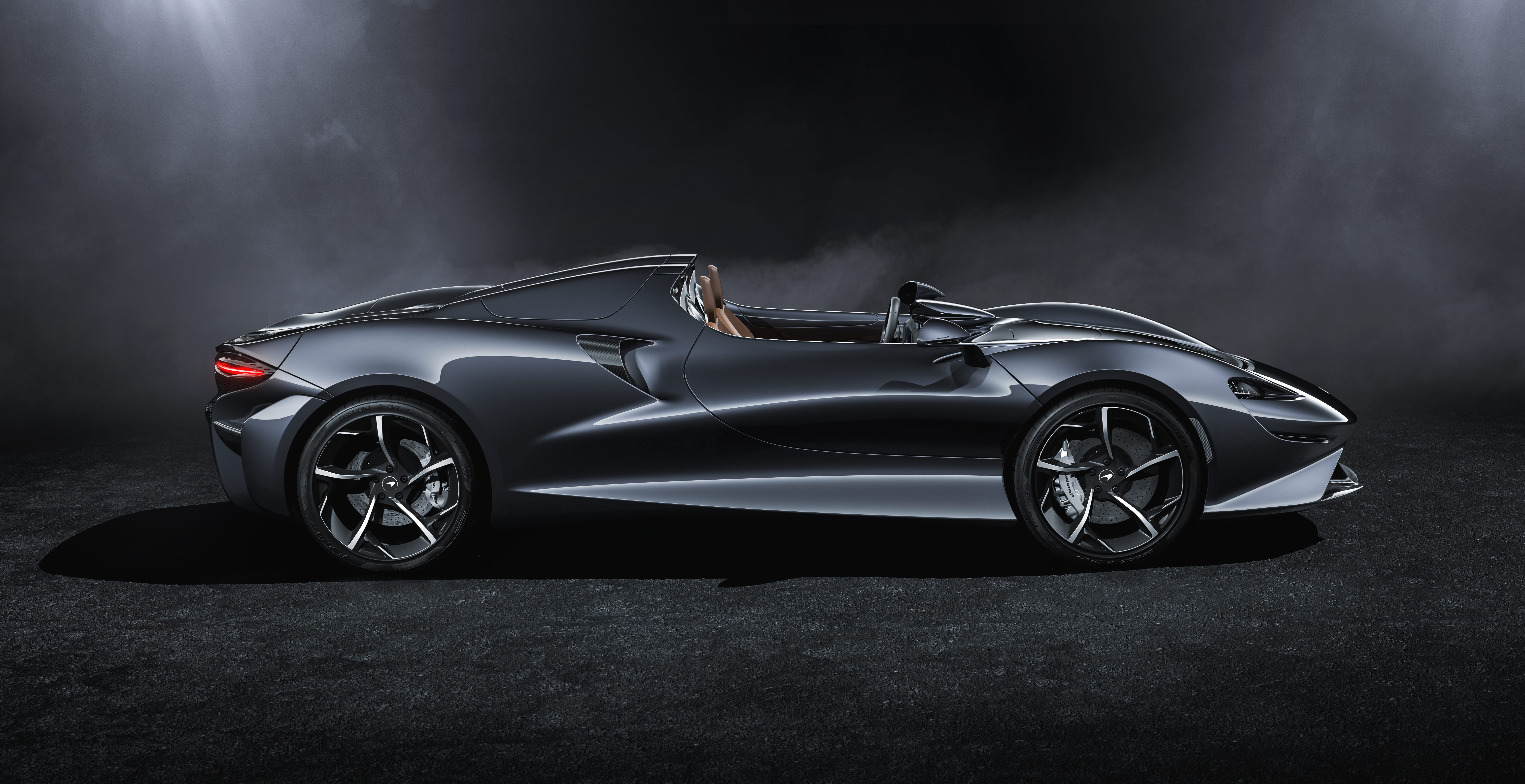
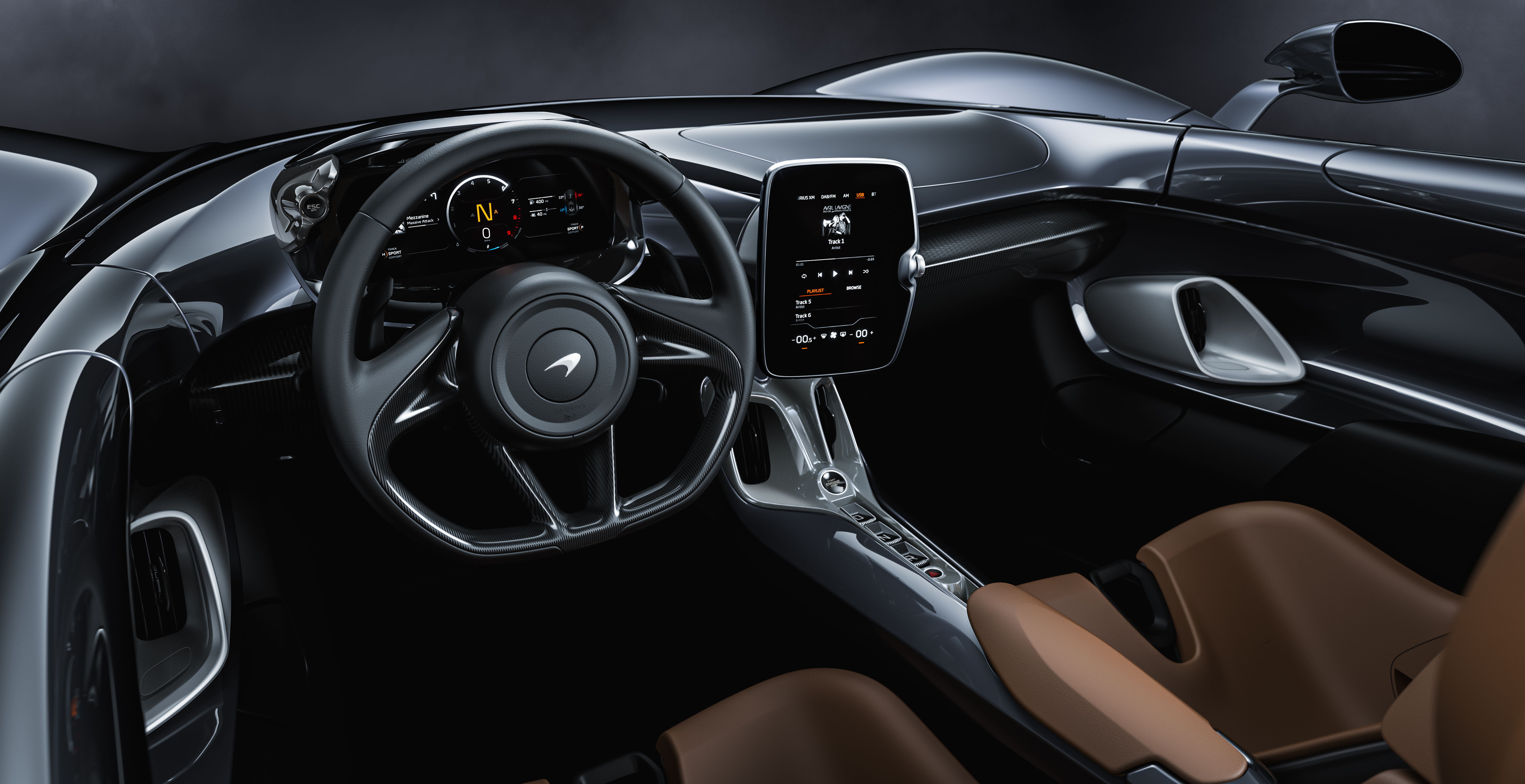
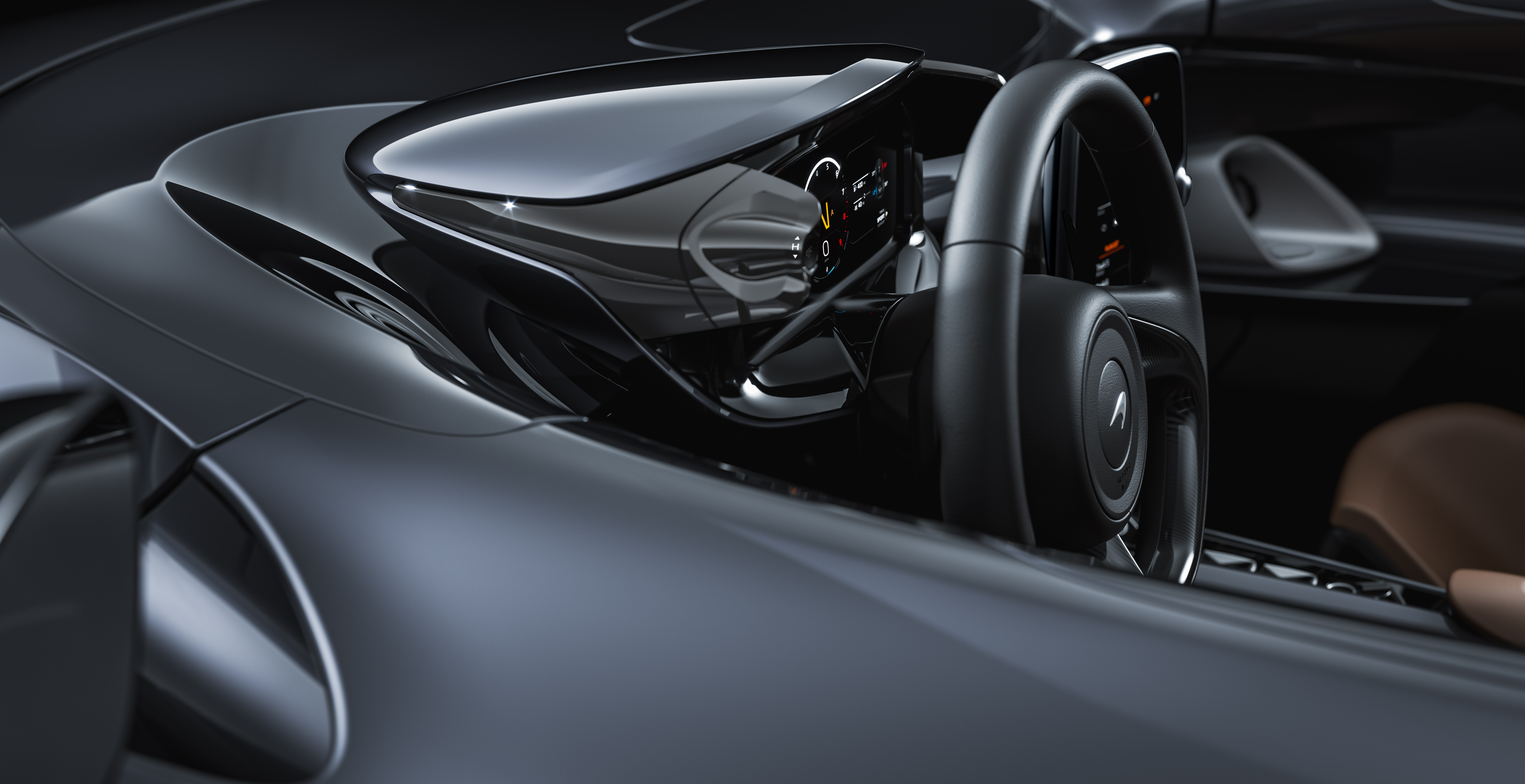
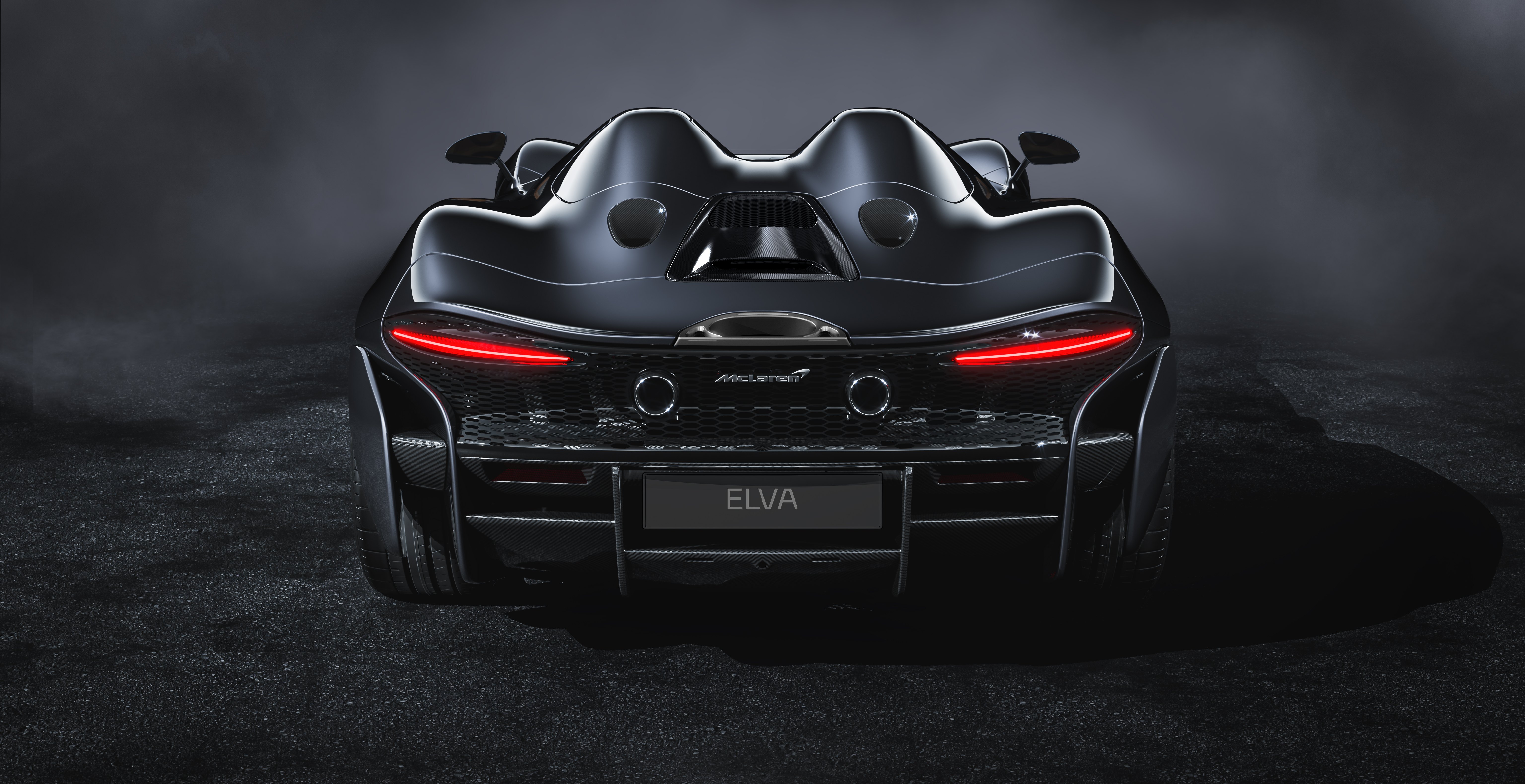

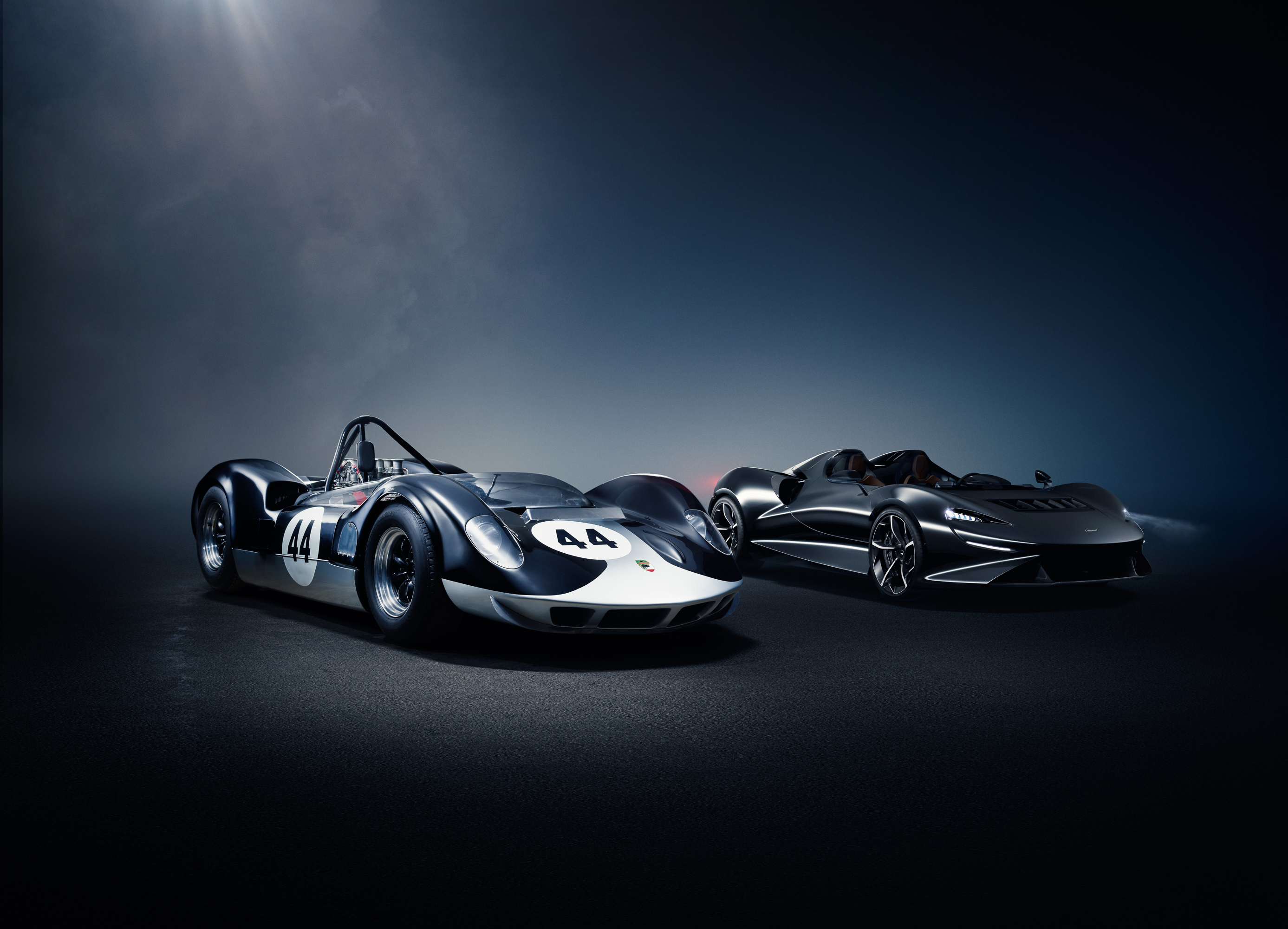
McLaren has released the first details about an upcoming limited-run model that will blend drop-top driving thrills with hypercar levels of performance.
The speedster-style hypercar, called the Elva, will sit alongside the track-focused Senna and the eagerly anticipated F1 successor Speedtail in the British carmaker’s Ultimate Series product range.
The “core technical ingredients” of the Elva are similar to those in McLaren’s existing hypercar range, says Evo. But where the Speedtail is about maximum velocity, the newcomer “has been designed specifically for the open road”, says the magazine.
The Week
Escape your echo chamber. Get the facts behind the news, plus analysis from multiple perspectives.

Sign up for The Week's Free Newsletters
From our morning news briefing to a weekly Good News Newsletter, get the best of The Week delivered directly to your inbox.
From our morning news briefing to a weekly Good News Newsletter, get the best of The Week delivered directly to your inbox.
Like its stablemates in the Ultimate Series, the roofless Elva will be offered in limited numbers and carry a seven-figure price tag.
With the first examples due to hit the roads next year, here’s everything we know about McLaren’s exclusive new model:
Price and release
At £1,425,000, the Elva sits in the middle of the £750,000 Senna hypercar and £2.1m Speedtail grand tourer. McLaren typically offers extensive option lists for its cars, so some examples may cost significantly more than others.
A free daily email with the biggest news stories of the day – and the best features from TheWeek.com
The supercar maker has already opened orders for the Elva. Only 399 will be made, with customer deliveries expected to begin at the end of 2020, says Autocar.
Design and interior

Both the name and design of the Elva were inspired by the McLaren-Elva M1A Group 7 racing car that competed across the globe in the 1960s and 1970s.
“Like the racer, there’s no roof, windscreen or side windows. There are, however, a tiny pair of doors to ease access”, says Auto Express. “To avoid buffeting at speed, the Elva uses a retractable wind deflector that channels air from the front air dam, through the clamshell bonnet and over the heads of the occupants.”
Other elements of the car are more contemporary. The front end nods to the Speedtail grand tourer, while the back end mixes the tail light and exhaust design from the 720S with a similar diffuser shape to that of the old P1 GTR.

Behind the cabin sits two headrest fairings, above a sculpted engine cover that leads onto the moveable rear wing.
The interior features McLaren’s tried-and-tested steering wheel and Senna-esque infotainment system, which faces the driver. Carbon-fibre panels and leather surfaces abound, and the seats appear to feature more padding than the ultra-lightweight versions in the Senna.
Engine and performance
Behind the cabin sits the same 4.0-litre twin-turbocharged V8 engine that powers most of McLaren’s supercars, albeit in a higher state of tune.

The Elva’s motor delivers 804bhp and 590lb-ft of torque, making it even more powerful than the track-honed Senna. The increase in power is thanks in part to a new exhaust system that uses 3D-printed parts for “particularly complex junctions within the manifold”, says Evo.
Power is sent to the rear wheels through a seven-speed dual-clutch gearbox, taking the drop-top from zero to 62mph in under three seconds and from zero to 124mph in just 6.7 seconds. No hybrid system is being offered for the Elva, which McLaren is touting as its lightest model to date.
-
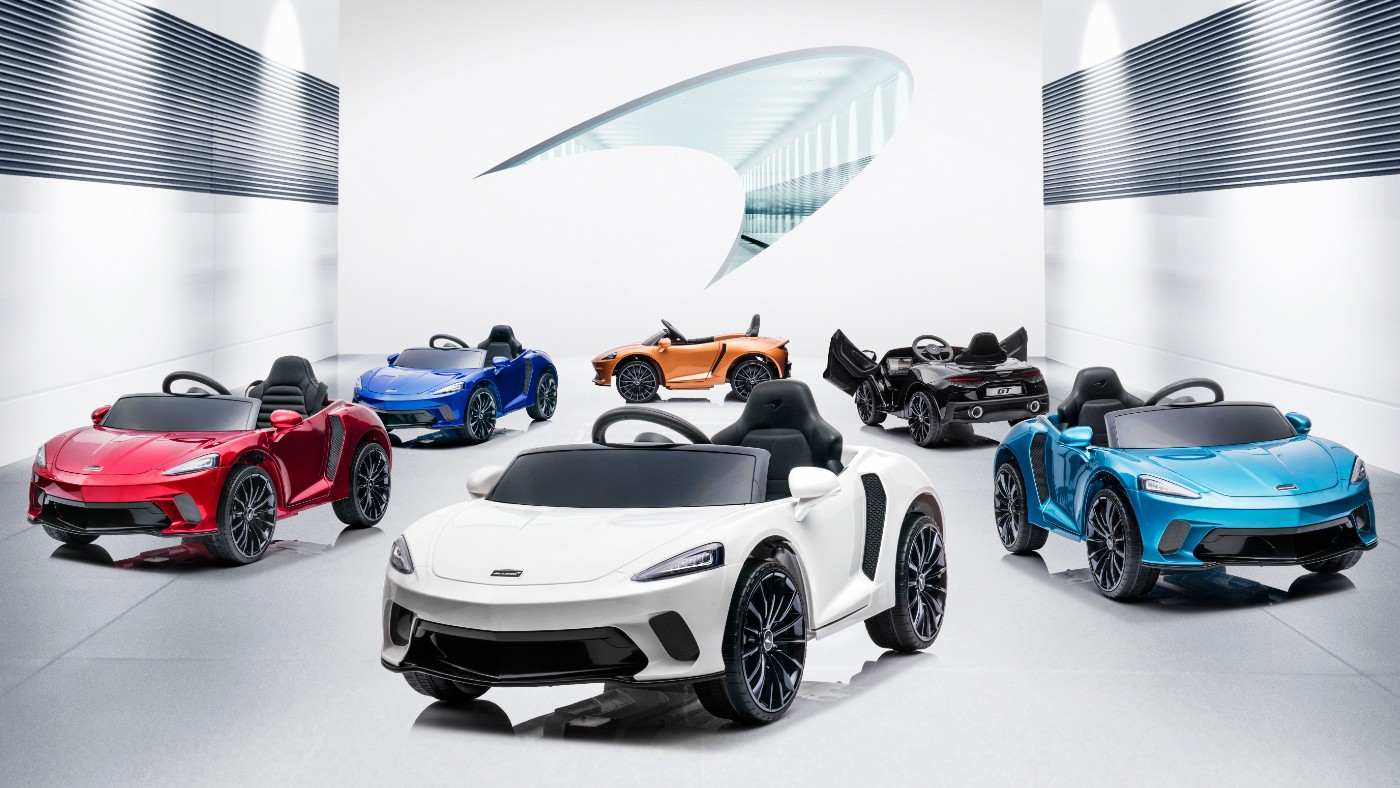 McLaren GT Ride-On: a cool new supercar for kids
McLaren GT Ride-On: a cool new supercar for kidsThe Week Recommends It’s the fourth model in McLaren’s children’s toy range
-
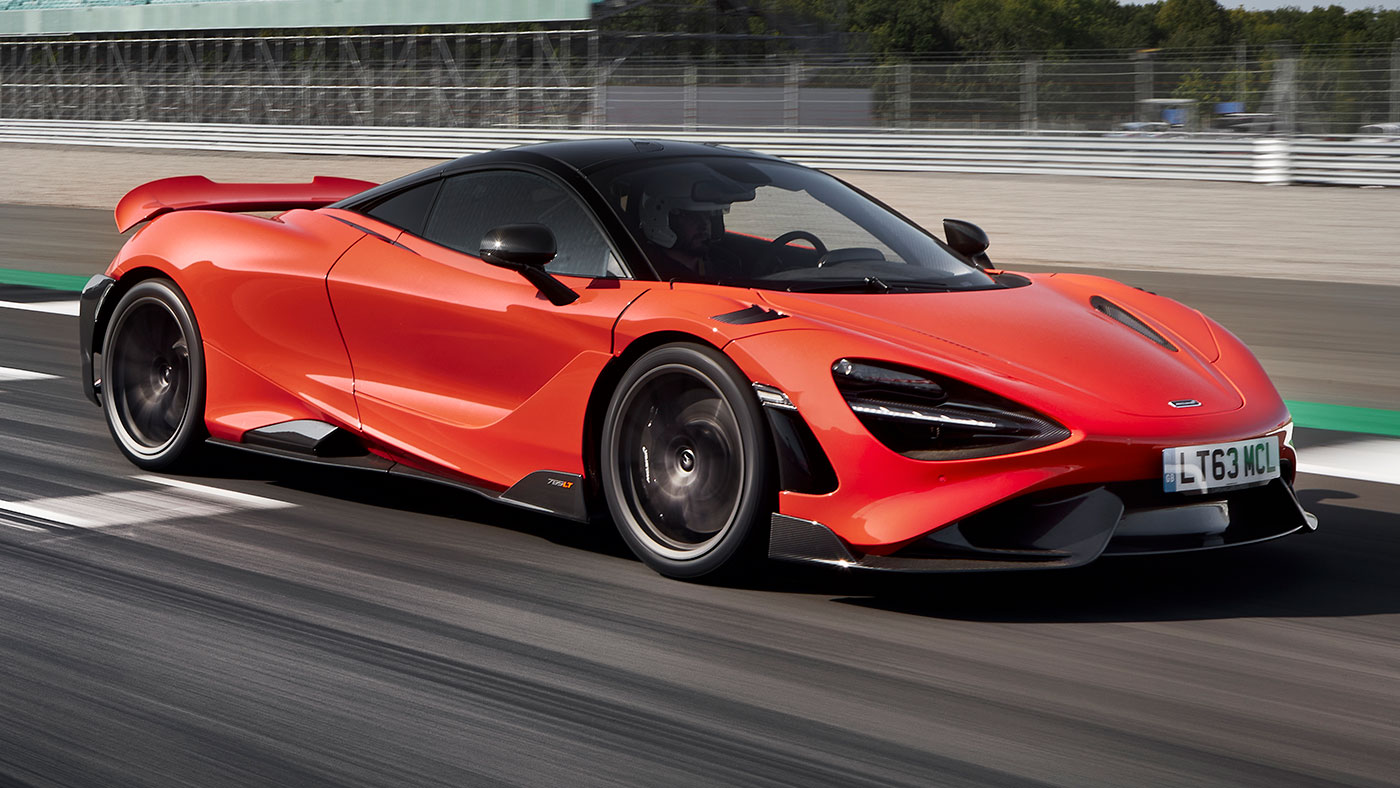 McLaren’s 765LT is its spiciest model yet
McLaren’s 765LT is its spiciest model yetSpeed Read The 765LT is a real wild ride, but it’s not too hot to handle
-
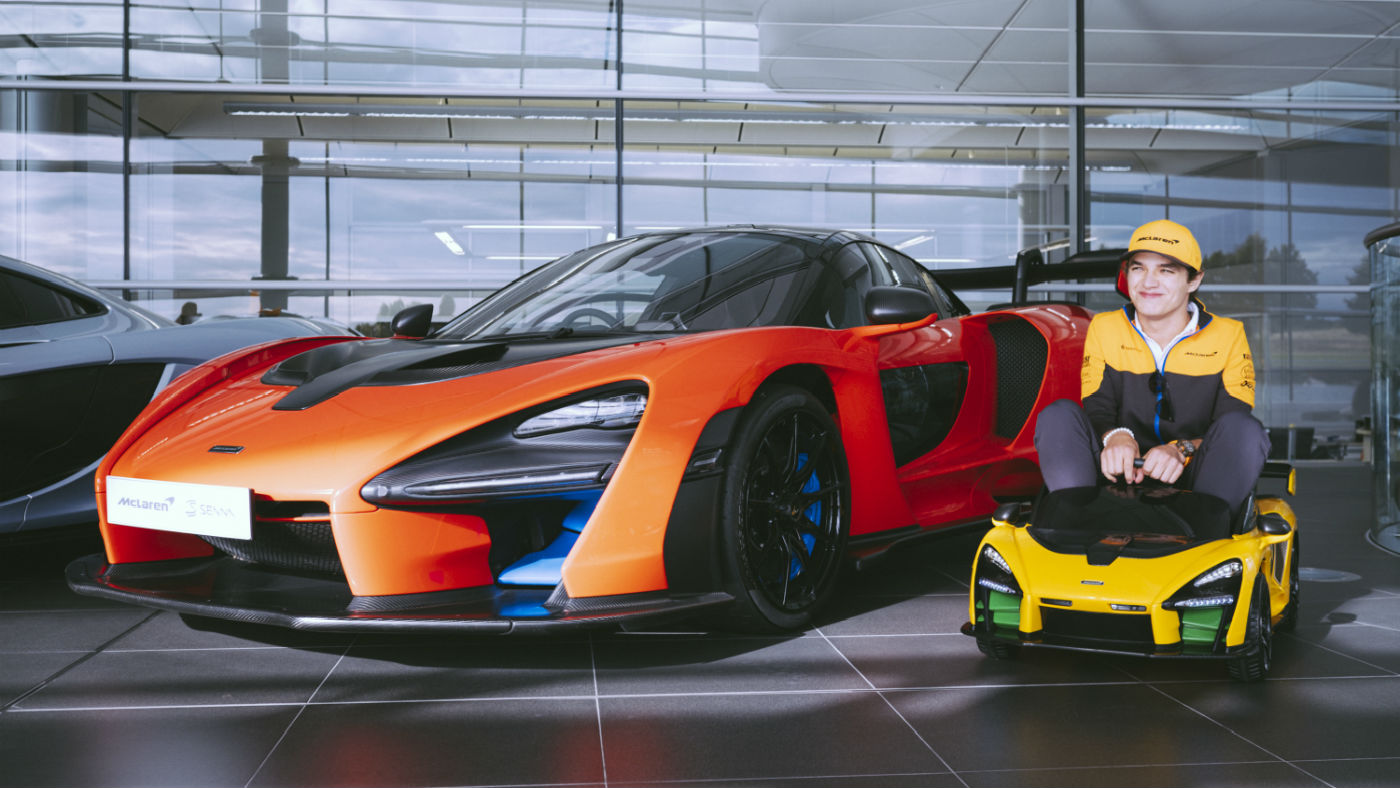 McLaren Senna Ride-On: the ultimate electric toy car of 2020
McLaren Senna Ride-On: the ultimate electric toy car of 2020Speed Read This supercar for kids is so cool that even F1 star Lando Norris jumped at the chance to take it for a spin
-
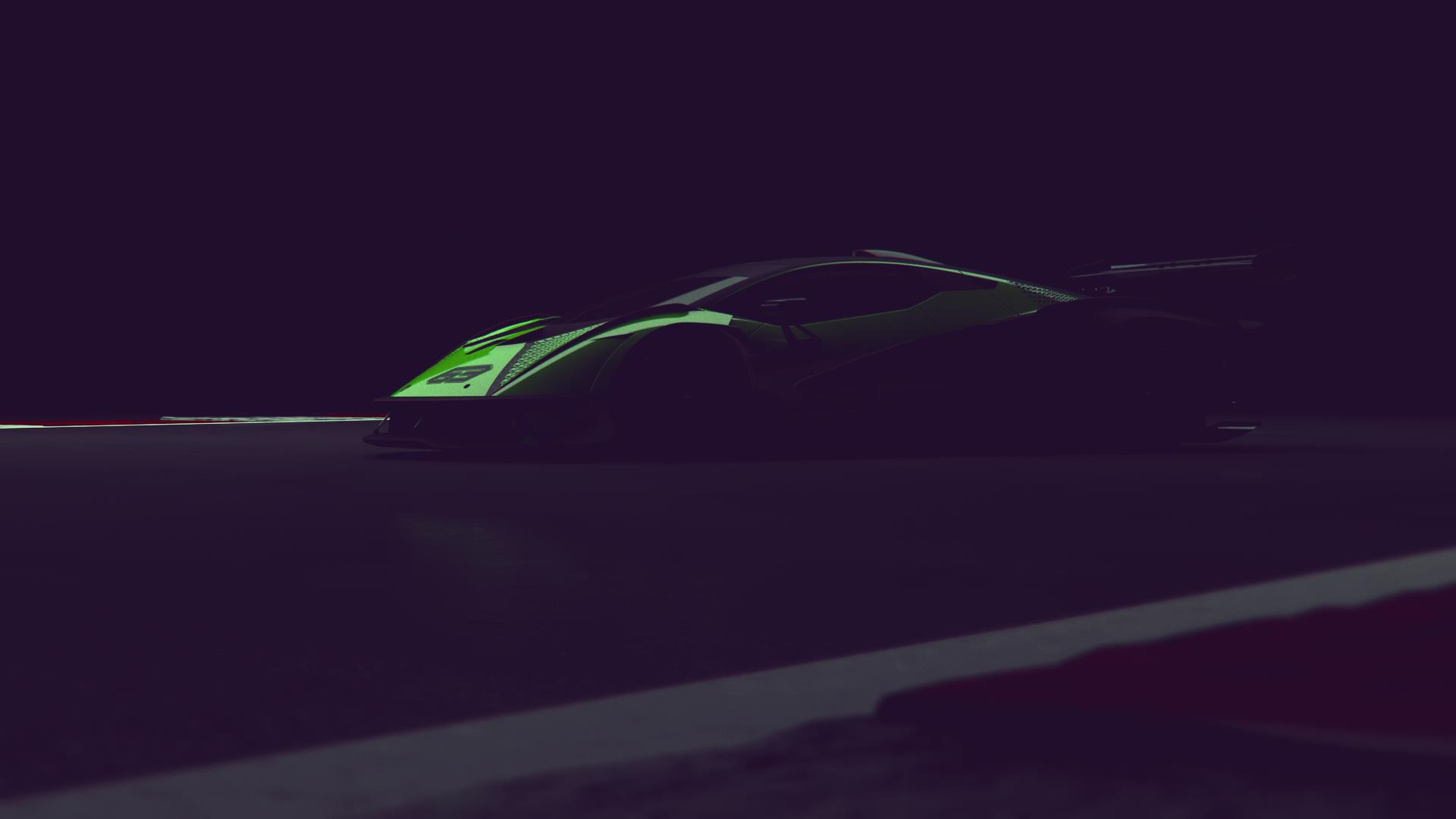 Lamborghini ‘SVR’ 2020: track-only hypercar previewed in new trailer
Lamborghini ‘SVR’ 2020: track-only hypercar previewed in new trailerIn Depth Limited-edition model fuses hi-tech aerodynamics with the marque’s signature V12
-
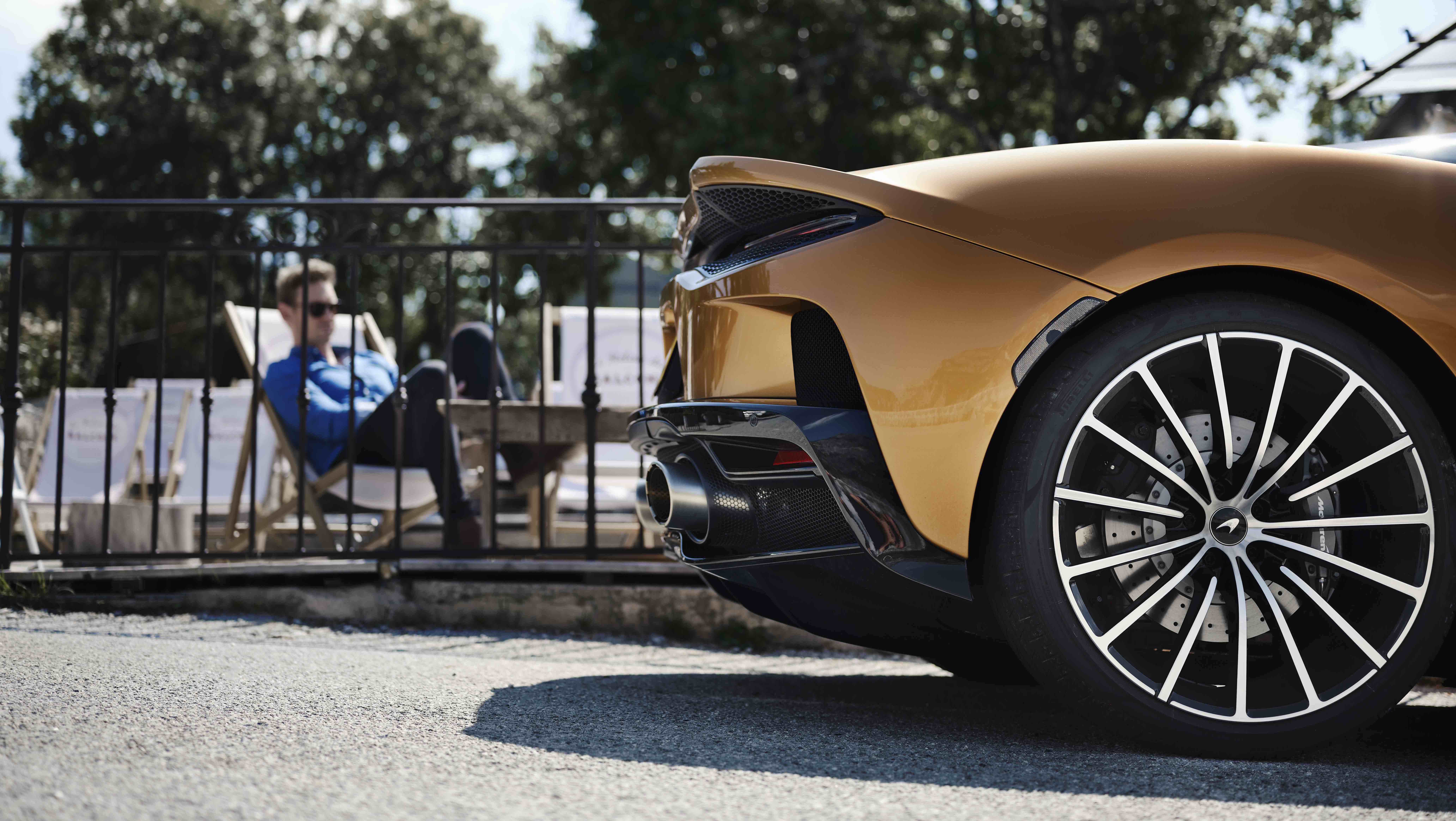 McLaren GT review: does the new supercar live up to its grand tourer name?
McLaren GT review: does the new supercar live up to its grand tourer name?The Week Recommends The Week Portfolio puts the British marque’s mid-engined model to the test
-
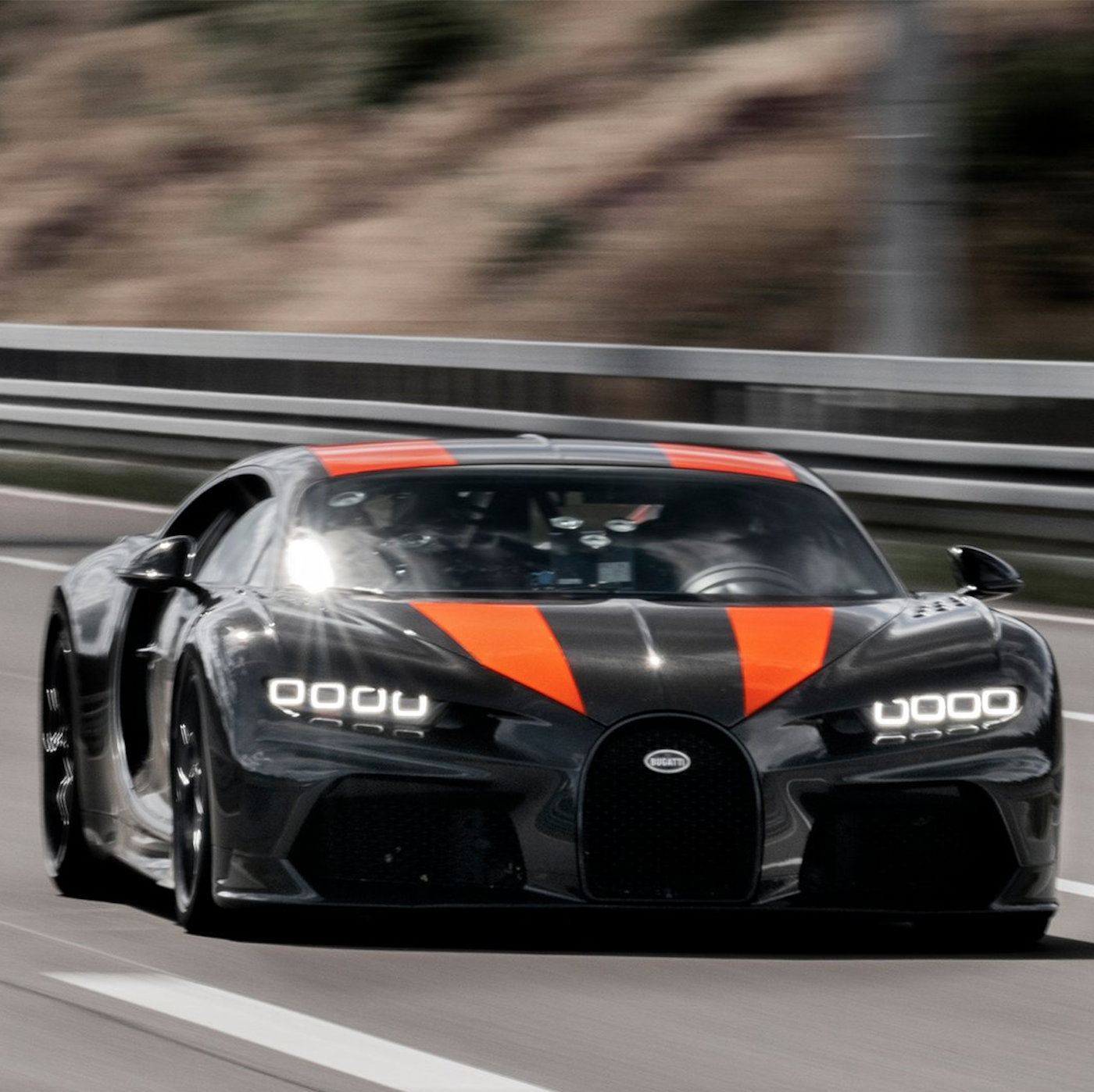 Bugatti Chiron ‘Super Sport’: hardcore hypercar prototype cracks 300mph
Bugatti Chiron ‘Super Sport’: hardcore hypercar prototype cracks 300mphIn Depth Specially designed test model becomes the fastest ever production car
-
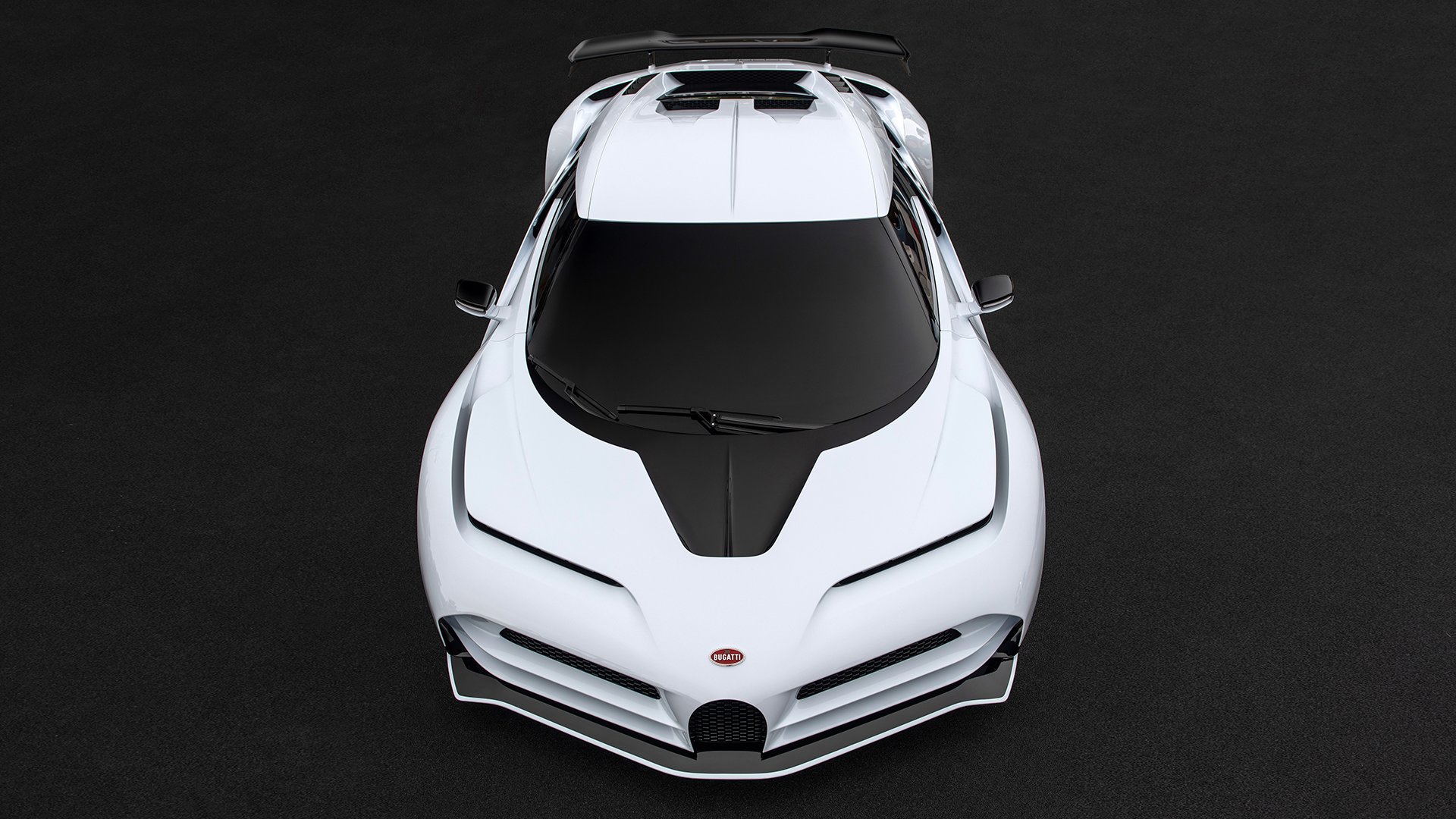 Bugatti Centodieci: EB110 homage revealed after controversial leak
Bugatti Centodieci: EB110 homage revealed after controversial leakThe Week Recommends French firm’s limited-run hypercar labelled a “shit box” by Top Gear presenter
-
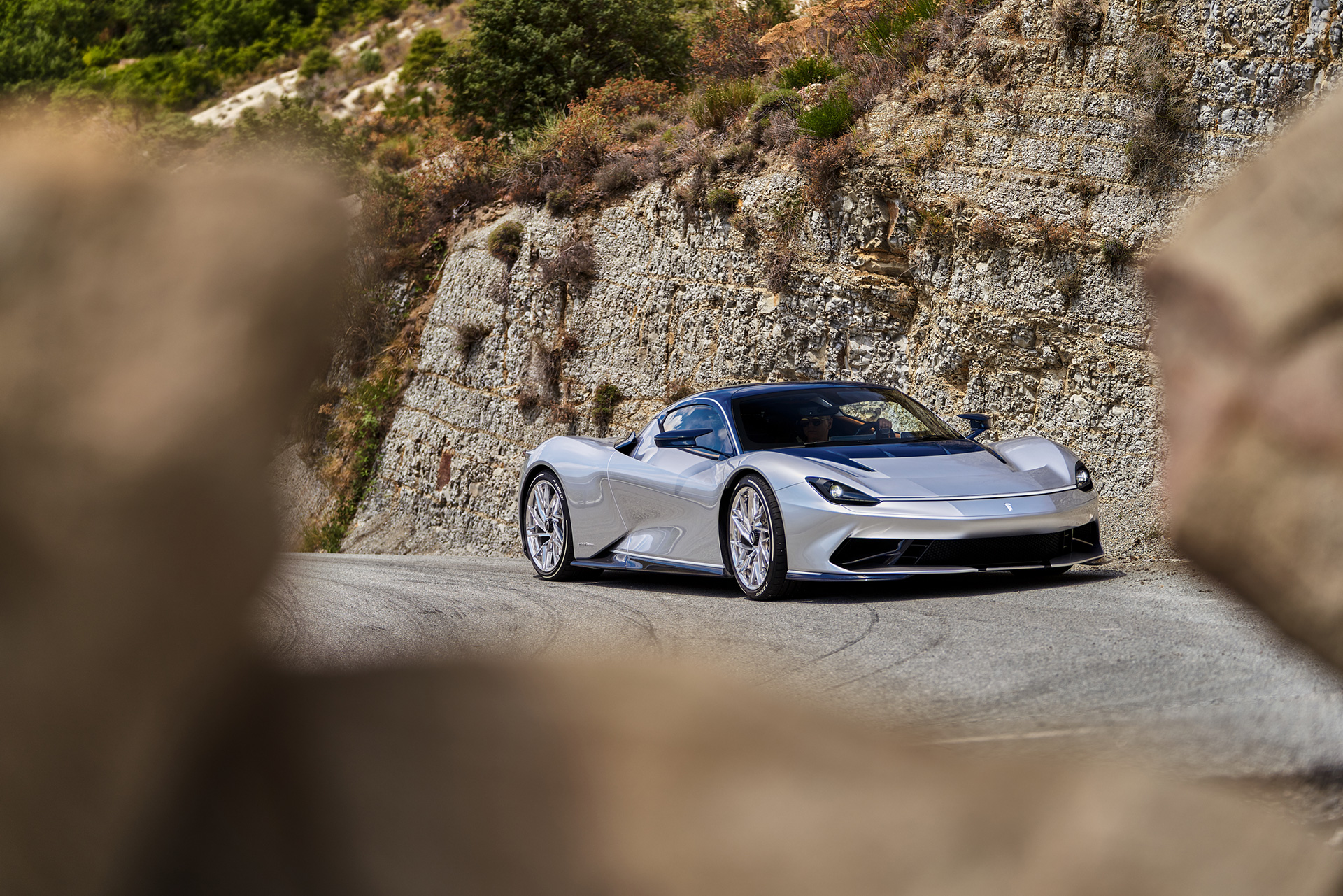 Automobili Pininfarina Battista: the electric revolution finally arrives in Italy
Automobili Pininfarina Battista: the electric revolution finally arrives in ItalyIn Depth Legendary design house releases images of its production-spec 1,900bhp EV

